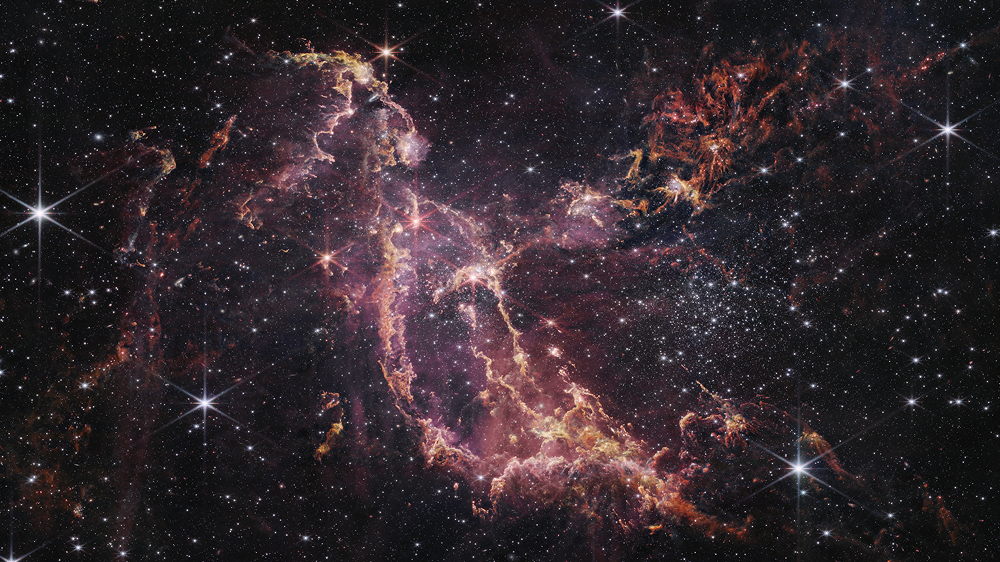Where did we come from? What path leads us through the 13.8-billion-year history of the Universe, connecting the particles and energy of the Big Bang to the formation of galaxies like the Milky Way, stars like the Sun and planets like the Earth?
The James Webb Space Telescope, built by NASA in partnership with the European and Canadian Space Agencies, was designed to answer fundamental questions about the origins of galaxies, stars and planets, and to help us find our place in the Universe. Webb was launched on Christmas Day 2021 after 25 years of planning, design, development, construction, and testing.
Following a six-month deployment and commissioning period, the first science results from Webb have engaged the public and surprised the scientists. Webb’s science goals address our origins and the history of the universe: the first stars and galaxies that formed after the Big Bang; the sizes, shapes, and components of galaxies as they evolve; the formation of stars and planetary systems; and exoplanets, the history of our own Solar System, and the conditions for life on other planets. In its first year of scientific operations, Webb has already found the most distant galaxies ever seen.
The light from these galaxies has been traveling for 13.5 billion years of the 13.8 billion years since the Big Bang, allowing us to study early galaxies that formed under very different conditions than we see today. Webb has made the first detection of carbon dioxide in the atmosphere of an exoplanet and has examined the interactions between giant stars and the planets that are forming near them. I will review Webb’s construction, launch, and deployments, and discuss the commissioning of the telescope and its instruments.
____________________
Refreshments and light snacks will be served.
The event will streamed.
